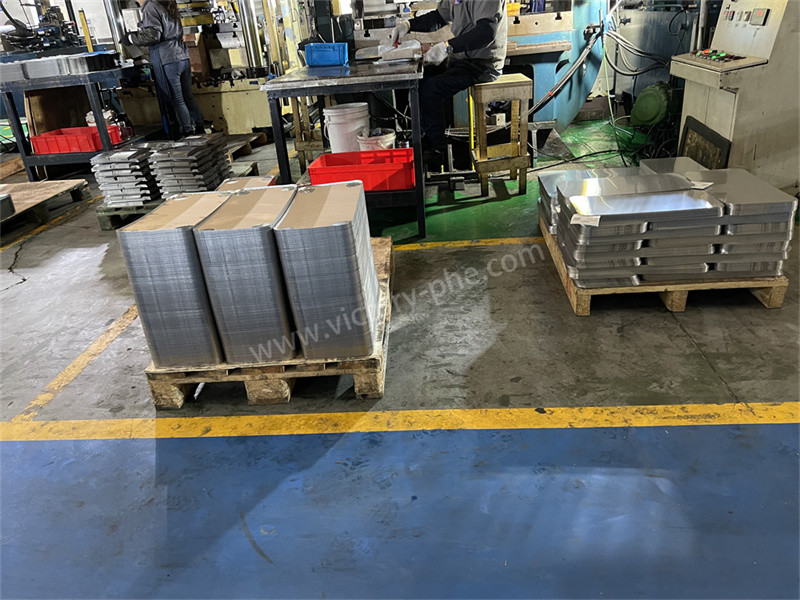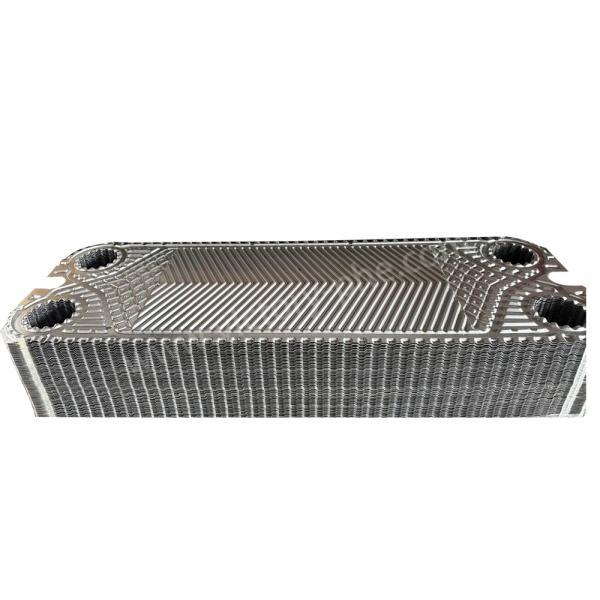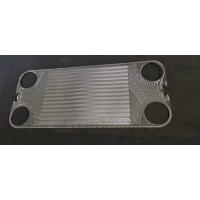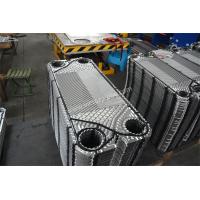| Sign In | Join Free | My himfr.com |
|
| Sign In | Join Free | My himfr.com |
|
| Ask Lasest Price | |
| Brand Name : | GEA |
| Model Number : | VT04、VT10、VT20、VT40、VT80、VT405、VT2508、N40、FA184、NT50、NT100T、NT100M NT100X、NT150S、NT150L、NT250S、NT250M、NT250L、NT350S、 NT350M、NT50 |
| Certification : | ISO SGS |
| Price : | 50 - 500pieces $20-$30 |
| Payment Terms : | T/T, L/C, Western Union, |
| Supply Ability : | 50000pcs per month |
| Delivery Time : | 15 days |
Product Description
GEA Heat Exchanger Plates
GEA Stainless Steel 304 And Titanium NT50X Plate Heat Exchanger Plate
Heat exchanger plates can be cleaned by following these steps:
Chemical Cleaning: Use a suitable cleaning solution recommended for heat exchanger plate to remove any deposits or fouling on the plates. Follow the manufacturer's guidelines for the correct concentration and procedure.Mechanical Cleaning: If there are stubborn deposits, you can use mechanical methods such as brushing, scraping, or pressure washing to clean the heat exchange plate effectively. Be careful not to damage the plates during this process.Rinsing: After cleaning, thoroughly rinse the heat exchanger plate with clean water to remove any remaining cleaning solution or debris. Inspection: Inspect the heat exchange plate for any signs of damage or wear. Replace any damaged heat exchange plate to ensure optimal heat transfer efficiency.
Regular maintenance and cleaning of heat exchanger plates are essential to maintain their performance and prolong their lifespan.
| Brand | Model |
| GEA | VT04,VT10,VT20,VT40,VT80,VT405,VT2508,N40,FA184,NT50,NT100T,NT100M NT100X,NT150S,NT150L,NT250S,NT250M,NT250L,NT350S, NT350M,NT500 |
| Material | Specification |
| Stainless Steel | SUS304 316 316L 310S 904 |
| Titanium and titanium-palladium alloy | TAi TAi-Pd |
| Hastelloy | C276 D205 B2G |
| Nickel | Ni200 Ni201 |
| Molybdenum | 254 |
Applacations
| Plate material | Suitable for fluids |
| Stainless steel (SUS304.316, etc.) | Purified water, river water, edible oil, mineral oil |
| Titanium and titanium palladium (Ti, Ti-Pd) | Sea water, salt water, salt compounds |
| 20Cr,18Ni,6Mo(254SMO) | Dilute sulfuric acid, dilute salt aqueous solution, inorganic aqueous solution |
| Nickel (Ni) | High temperature, high concentration caustic soda |
| HASTELLOY alloy (C276, D205, B2G) | Concentrated sulfuric acid, hydrochloric acid, phosphoric acid |
Heat exchanger plate Choose:
Production Process:
The production of stainless steel plates for plate heat exchangers involves several precise steps to ensure high-quality performance and longevity.
Q&A
1. Q: Are you a manufacturer or trading company?
A: We are a professional manufacturer of plate heat exchangers, plates, gaskets, plate mould with 18 years' experience.





|




